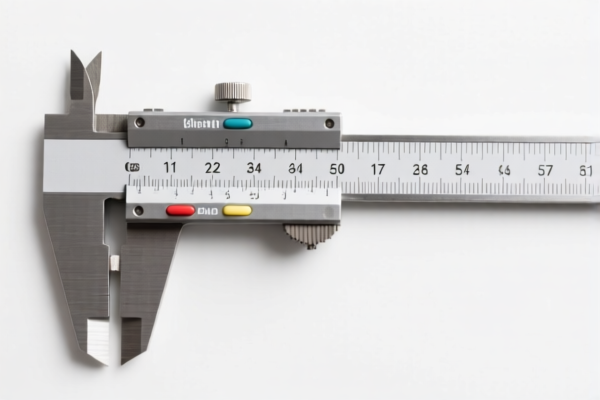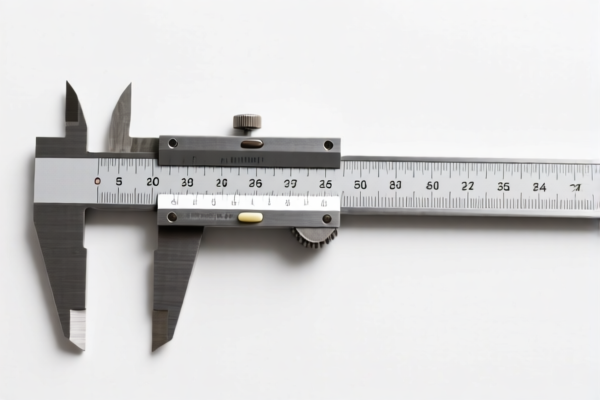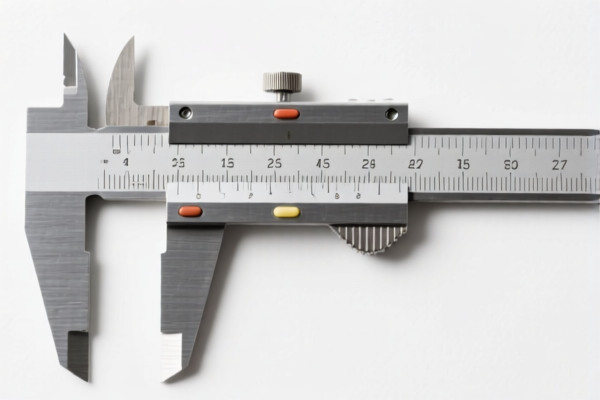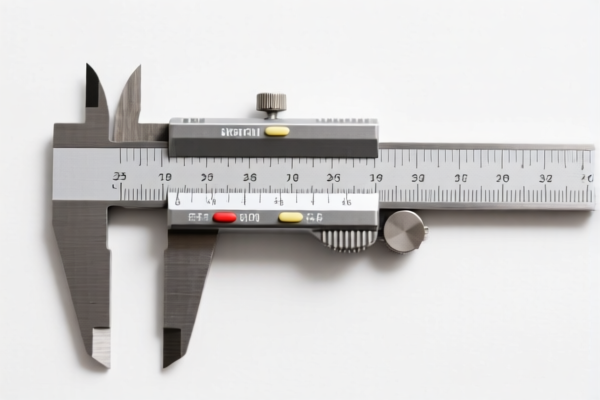| HS Code | Official Doc | Tariff Rate | Origin | Destination | Effective Date |
|---|---|---|---|---|---|
| 9026102040 | Doc | 55.0% | CN | US | 2025-05-12 |
| 9026102080 | Doc | 55.0% | CN | US | 2025-05-12 |
| 9014805000 | Doc | 55.0% | CN | US | 2025-05-12 |
| 9014804000 | Doc | 55.0% | CN | US | 2025-05-12 |
| 9031808060 | Doc | 30.0% | CN | US | 2025-05-12 |
| 9031808085 | Doc | 30.0% | CN | US | 2025-05-12 |




Level Measuring Instrument
A level measuring instrument is a device used to determine the height of a substance in a container, typically a liquid, solid, or granular material. These instruments are crucial in various industrial, commercial, and domestic applications for process control, inventory management, and safety.
Materials
Level measuring instruments are constructed from a diverse range of materials depending on the application and the substance being measured. Common materials include:
- Stainless Steel: Widely used for its corrosion resistance and suitability for food, beverage, and pharmaceutical industries. Grades like 304 and 316 are common.
- Plastics (e.g., Polypropylene, PTFE): Suitable for corrosive environments or applications requiring non-metallic construction.
- Aluminum: Lightweight and suitable for less corrosive applications.
- Glass: Used in sight glasses and some float-type level indicators for direct visual observation.
- Ceramics: Employed in high-temperature or highly corrosive environments.
Purpose
The primary purpose of a level measuring instrument is to provide accurate and reliable information about the quantity or height of a substance within a vessel. This data is utilized for:
- Process Control: Maintaining desired levels in tanks and reactors for optimal operation.
- Inventory Management: Tracking the amount of material in storage tanks.
- Overfill Prevention: Preventing spills and ensuring safety.
- Pump Control: Starting and stopping pumps based on level readings.
- Alarm Systems: Triggering alerts when levels reach critical points.
Function
Level measurement relies on various principles, including:
- Hydrostatic Pressure: Measuring the pressure exerted by the liquid column.
- Ultrasonic Waves: Emitting sound waves and measuring the time it takes for them to reflect off the surface.
- Radar Waves: Similar to ultrasonic, but using radio waves.
- Capacitance: Measuring the change in capacitance between a probe and the vessel wall.
- Floatation: Utilizing the buoyant force of a float to indicate the level.
- Optical Reflection: Using light to detect the surface.
Usage Scenarios
Level measuring instruments find applications in:
- Oil & Gas: Tank farms, refineries, pipelines.
- Chemical Processing: Reactors, storage vessels, mixing tanks.
- Water & Wastewater Treatment: Reservoirs, clarifiers, sedimentation tanks.
- Food & Beverage: Brewing tanks, syrup tanks, bottling lines.
- Pharmaceuticals: Reactors, storage tanks, mixing vessels.
- Power Generation: Boiler water levels, fuel tanks.
- Mining: Slurry tanks, ore bins.
Common Types
- Sight Glasses: Provide direct visual indication of level. Simple and cost-effective but limited to visual observation.
- Float Level Indicators: Utilize a float that rises and falls with the liquid level, connected to a mechanical indicator.
- Hydrostatic Level Transmitters: Measure pressure at the bottom of the tank to determine level.
- Ultrasonic Level Sensors: Non-contact measurement using sound waves. Suitable for a wide range of liquids.
- Radar Level Transmitters: Non-contact measurement using radio waves. More robust than ultrasonic, suitable for challenging conditions.
- Capacitance Level Probes: Measure the change in capacitance between a probe and the vessel wall. Suitable for liquids and solids.
- Guided Wave Radar (GWR): A type of radar that uses a waveguide to guide the radar signal. More accurate than standard radar.
- Differential Pressure Transmitters: Measure the pressure difference between the top and bottom of the tank.
- Magnetostrictive Level Transmitters: Uses magnetic fields to measure level with high accuracy.
- Laser Level Sensors: Utilize laser beams for precise level measurement.
Level measuring instruments fall under several classifications based on the provided information. Here's a breakdown of relevant HS codes:
- 9026102040: This code covers “Instruments and apparatus for measuring or checking the flow, level, pressure or other variables of liquids or gases… For measuring or checking the flow or level of liquids: Electrical Flow meters”. This specifically applies to electrical level measuring instruments used for liquids. The basic tariff is 0.0%, with an additional tariff of 25.0% currently, increasing to 30.0% after April 2, 2025, resulting in a total tariff of 55.0%.
- 9026102080: This code also falls under “Instruments and apparatus for measuring or checking the flow, level, pressure or other variables of liquids or gases… For measuring or checking the flow or level of liquids: Electrical Other”. This covers other electrical level measuring instruments for liquids not specifically classified as flow meters. The tariff structure is identical to 9026102040: 0.0% basic tariff, 25.0% additional tariff (increasing to 30.0% after April 2, 2025), for a total of 55.0%.
- 9031808085: This code covers “Measuring or checking instruments, appliances and machines, not specified or included elsewhere in this chapter… Other instruments, appliances and machines: Other Other”. This is a broader category for level measuring instruments that don't fall into the more specific classifications, and are not electrical. The basic tariff is 0.0%, with an additional tariff of 0.0% currently, increasing to 30.0% after April 2, 2025, for a total of 30.0%.
It is important to determine whether the level measuring instrument is electrical or non-electrical to select the correct HS code. If the instrument is electrical, further clarification is needed to determine if it functions as a flow meter (9026102040) or another type of level measuring instrument (9026102080).
Customer Reviews
No reviews yet.